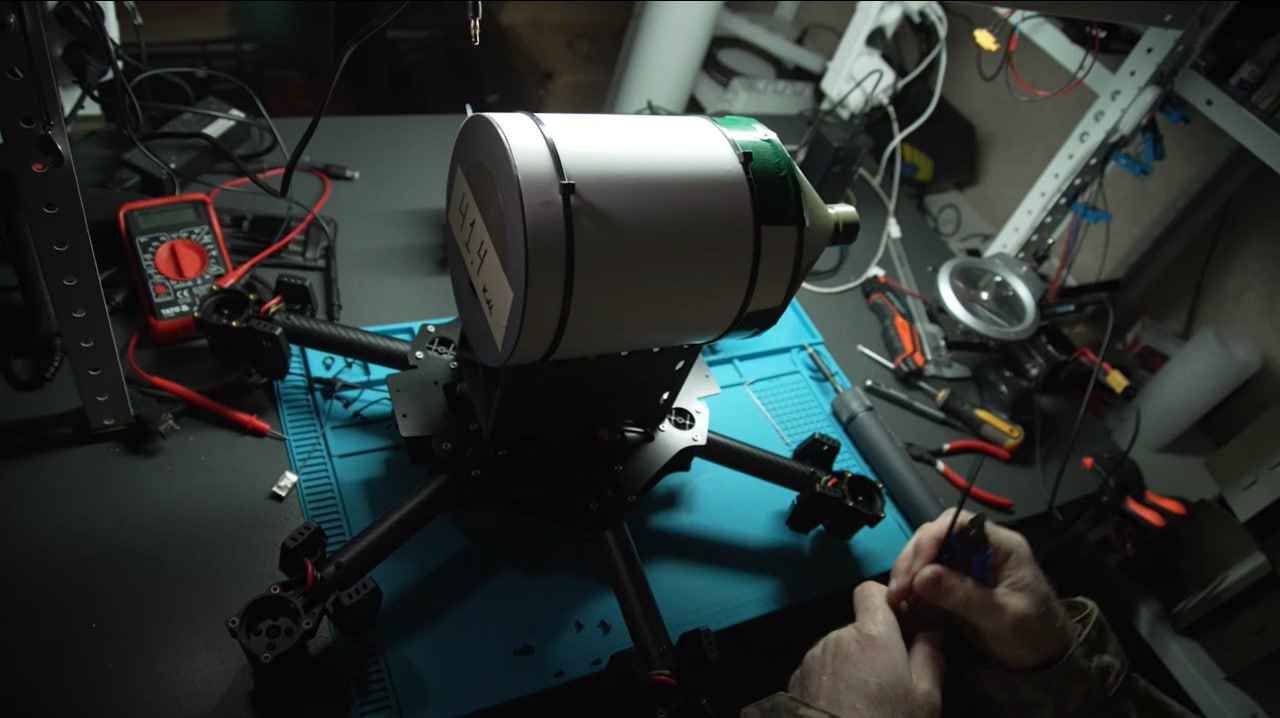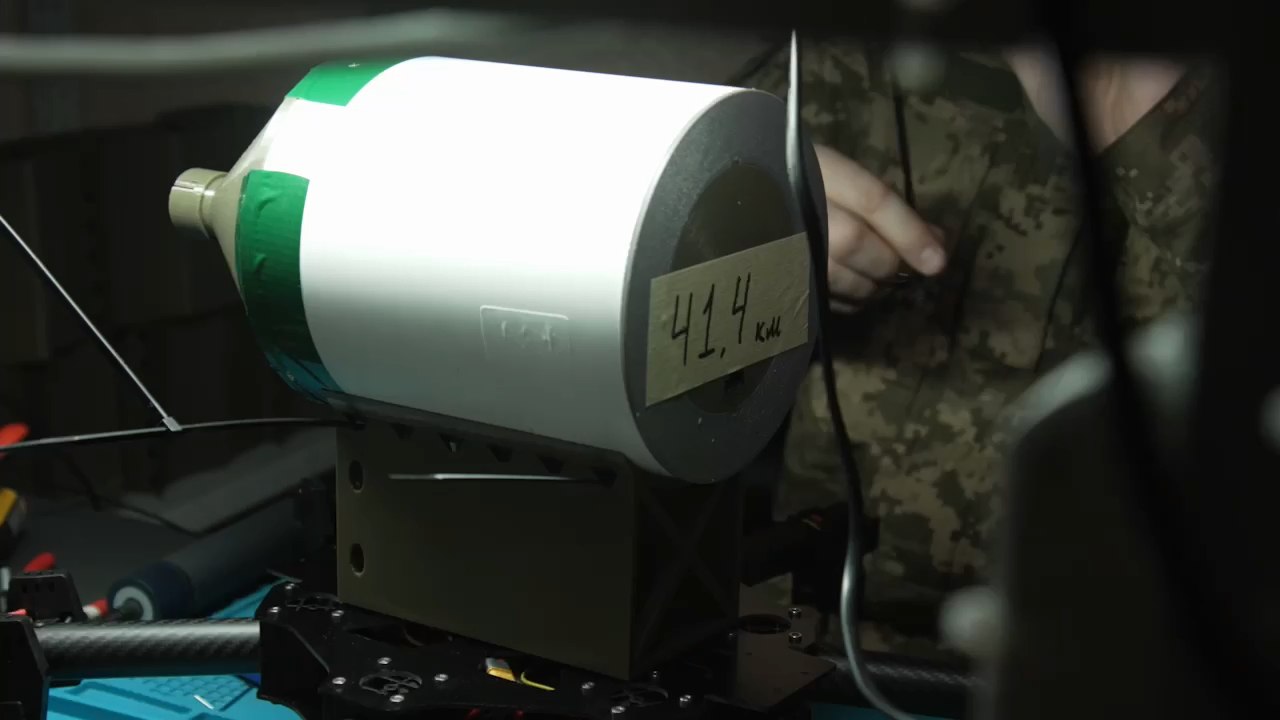The drone systems team "Madyar Birds" has announced the emergence of domestic drones that are controlled via fiber optic cable and can fly up to 41 kilometers.
It is expected that the production rate of these drones will reach 1000 units per month, with estimates suggesting that our defenders will be able to target even long-range artillery and medium-range air defense systems of the aggressors using these drones.
At first glance, this information is quite impressive. For instance, a range of 41 kilometers is currently the highest figure reported in public sources regarding our fiber optic drones, and indeed, UAVs controlled via fiber optic cables as a type of weaponry.
Moreover, the production rate of 1000 units per month is also remarkable. This means that by the end of this year, our defenders could receive at least 12,000 of these UAVs capable of destroying long-range artillery and medium-range air defense systems, making it an interesting example of mass-produced yet affordable long-range weaponry.
However, in this instance, we at Defense Express want to highlight two important general aspects illustrated by the story of the "Madyar Birds" and their fiber optic drones with a range of 41 kilometers.

The first aspect is that during the full-scale war of the Russian Federation against Ukraine, there is a constant "drone technology race," in which both sides are continuously striving to enhance their technological advancements in unmanned vehicles.
This phenomenon can be considered somewhat unique – although there have been numerous wars in the past 50 years where drones were widely used, this is certainly the first war characterized by such an intense development of this type of weaponry. However, in this context, it is crucial to understand that neither side in this race possesses a permanent technological advantage (hence the term "race"), and this applies not only to us but also to the aggressors.

The second aspect is that the development of drones requires not only a conceptual foundation but also a component base. Up until now, in September and December 2024, there have been repeated reports in the media suggesting that China might block the supply of components necessary for our drone industry.
However, the emergence of the aforementioned fiber optic drone with a range of up to 41 kilometers indicates that, at present, our drone manufacturing industry does not foresee any significant issues with its component base.